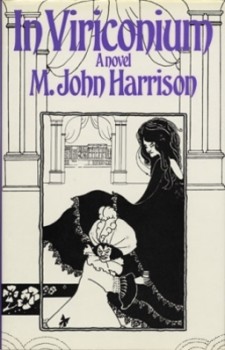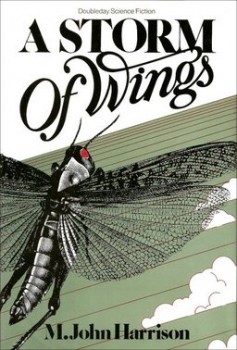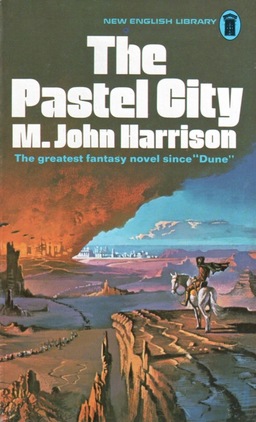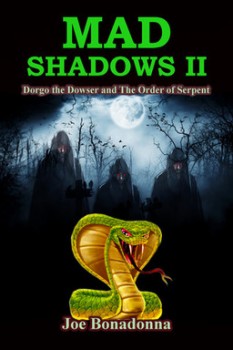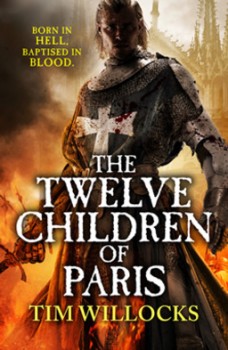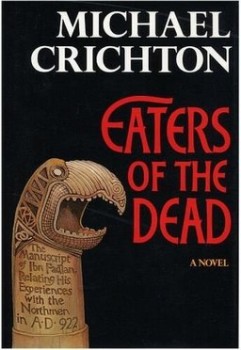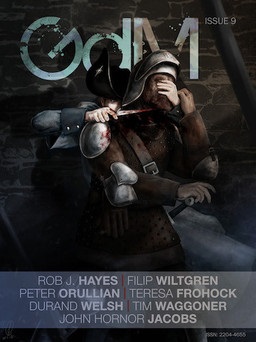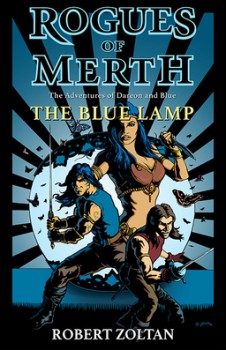The End of the Matter: Viriconium Nights by M. John Harrison
![]() The three novels of the Viriconium sequence, The Pastel City, A Storm of Wings, and In Viriconium, are not the entirety of M. John Harrison’s intricate, multi-faceted portrayal of the titular city. A fourth book, Viriconium Nights (1984), collects seven stories written between 1971 and 1983. Each is strange, some bordering on the inpenetrable, but all attempt to shine lights onto new aspects of the larger story.
The three novels of the Viriconium sequence, The Pastel City, A Storm of Wings, and In Viriconium, are not the entirety of M. John Harrison’s intricate, multi-faceted portrayal of the titular city. A fourth book, Viriconium Nights (1984), collects seven stories written between 1971 and 1983. Each is strange, some bordering on the inpenetrable, but all attempt to shine lights onto new aspects of the larger story.
As he did with each succeeding novel, Harrison twists, recasts, and reweaves characters, thematic melodies, and locations first found in The Pastel City. Sometimes, as with that book’s ostensible hero, tegeus-Cromis, things seem to be exactly as they were before. Other times, particularly with the city of Viriconium itself, they are changed considerably. Its very name becomes mutable, one time being Uriconium, another just Vriko. This reminds us of one of Harrison’s central ideas: that there is no real “there” to Viriconium; it is just a bundle of words painted on a page at its creator’s discretion.
Viriconium Nights commences with “The Lamia & Lord Cromis.” tegeus-Cromis is in search of the lamia, a beast which has slain numerous members of his family. Though he appears to have accepted the same will happen to him, still he sets out accompanied by the wonderfully named Dissolution Khan and the dwarf gladiator, Morgante. The hunt ends in a morass of complications, death, and unclarity.
